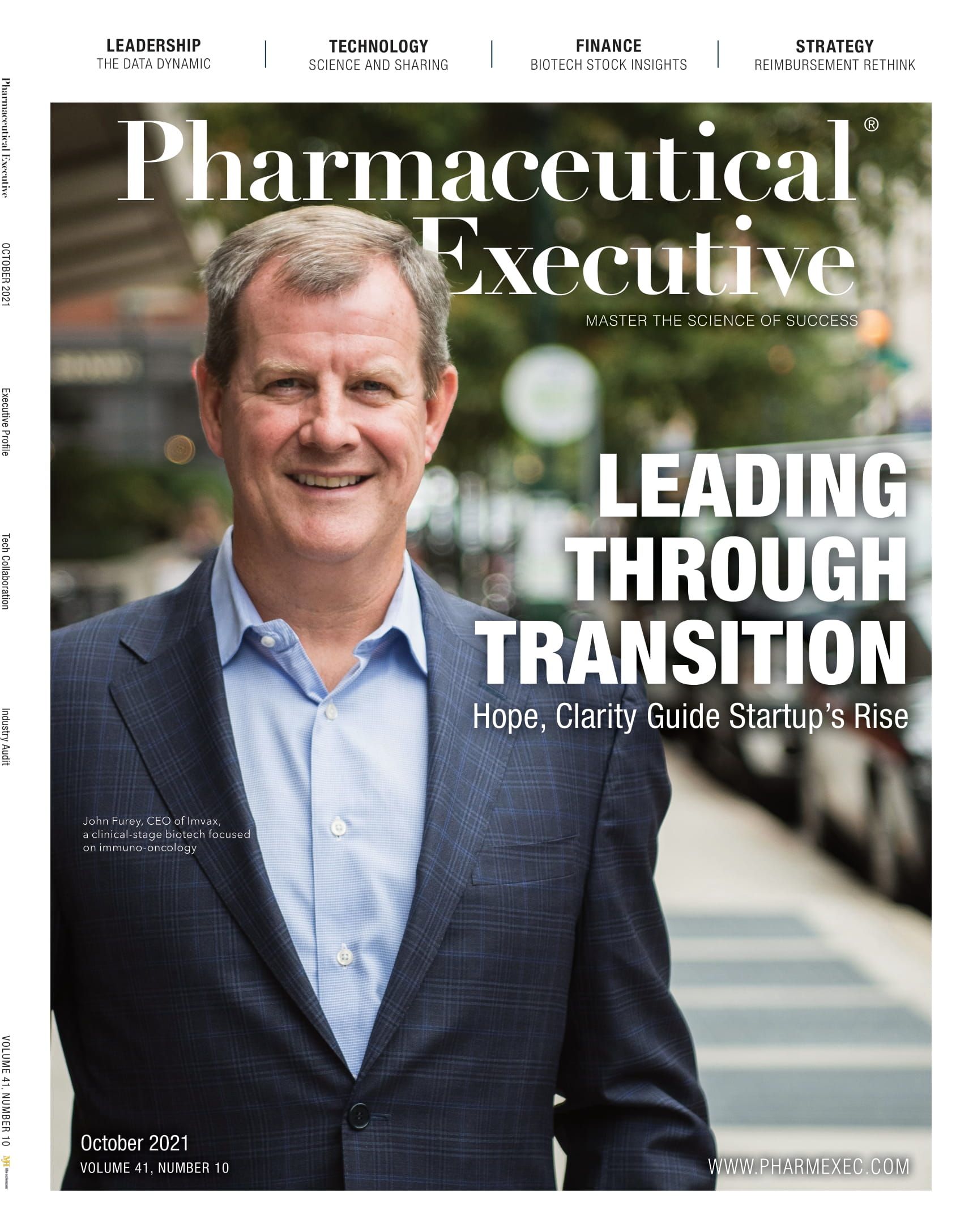Talent & Careers 2022
Examining the incumbent and imminent workforce.

First, it was talking through with my son what degree he should add to his biochemistry major, now that he is in his sophomore year of college. Second, it was Elaine Quilici’s column last month on the upheaval in human resources throughout the biopharma industry. And third, a LinkedIn article on the fastest growing C-suite roles across all industries. Wherever we look as an industry, there remains an insistent need to find, nurture, and grow talent.
his becomes very evident from a recent conference and report from MassBioEd, a non-profit 501(c)(3) education foundation founded by MassBio. MassBioEd breaks down its programs into three areas, incumbent workforce (skill-building in current workforce); imminent workforce (illuminating careers for college students and adults), and the emerging workforce (awareness for K-12 educators and students). The points here will focus on the incumbent and imminent workforce.
Incumbent workforce
The MassBioEd report noted that the most challenging positions to fill in the state this year are regulatory affairs, research scientists, data sciences (computational biology/statistics), and engineering and product and/or process development. The areas that will be in high-demand in 2022 include manufacturing and production, quality control/assurance, and research scientists.
The incumbent workforce is in flux, as noted in the above column, with the following mandate: “Urgent action is needed to promote, support, mentor, and actively recruit.”
MassBioEd roundtable discussions noted following potential solutions to these pain points: openness to hiring candidates from non-traditional backgrounds; transparency in career ladders within companies to outline scientific tracks vs. tracks that lead to management; and a continued focus on inclusion and belonging to ensure employees once hired, feel secure and valued.
This brings us to the C-suite roles. The No. 1 C-suite role in demand is the Chief Diversity & Inclusion Officer (CDIO), at 111% growth, and the least is the Chief Data Officer, at 29%. One comment in this post was “if you have a good CEO, you should not need a CDIO, and if you have a good CIO, you should not need a Chief Data Officer”—interesting take. In this issue, Technology Editor Julian Upton tackles the Chief Data Officer role.
Imminent workforce
The MassBioEd roundtables brought to light the challenge I was facing guiding my son’s major, noting: College students are not aware of the importance of combining biotech with data science. While my son has a natural affinity toward mathematics, how would that translate in the workforce with a dual math/biochem degree? I couldn’t outline the actual path, but I reassured him it would be beneficial. Career journeys are not linear, and attention to individual skills, abilities, and passions should be taken into account.
Lisa Henderson is Pharm Exec’s Editor-in-Chief. She can be reached at lhenderson@mjhlifesciences.com.
